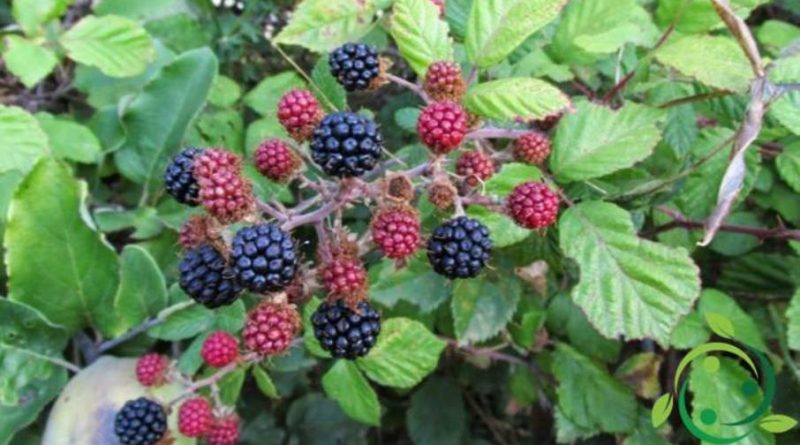How to grow blackberries in a biological way
How to grow blackberries in a biological way
To begin the cultivation of blackberries must know that these (Rubus ulmifolius Schott, 1818) are perennial shrubs, very resistant, grows spontaneously in deep and slightly humid soils and that, once implanted is difficult to eliminate and if not regimented can become infesting ; if you have to cultivate it in a domestic environment it is better to use rubus ulmifolius varieties with a high degree of self-fertility, then selected to produce fruit even with a single plant.
There are blackberries with and without thorns but the varieties with thorns are those that produce high quality fruits, with the typical flavor of blackberries.
Being the stump of the perennial plant, you must know that the shoots that grow very fast are spreading from this; if in fertile soil they can reach a length of three meters only in the first year. For a good production these jets must be eliminated every two years. In fact, the shoots are formed on the suckers, leading to the flower and fruit ripening.
Acquire this information now let’s move on to the aspects necessary to put them in place. The soil that must host the blackberries must be worked in depth. Although a rustic plant, the blackberry bush prefers loose, fertile, deep and subacid reaction (pH around 6 – 6.5). The preferred exposure is in full sun, otherwise the production is low and of less organoleptic quality.
Even if abandoned to themselves these plants always produce, if you want to increase the characteristics of the fruit (quality, size, etc.) every year, from every single element you will have to breed only 4 – 5 suckers, eliminating the others with a cut.
Once in the spring it will be necessary to prune the brambles by shortening each branch of 25 – 50 cm. This operation is important to increase the size of blackberries (which will make less fruit but will gain in size and therefore in weight). The above operations must be performed every year if you want to keep the bush clean, productive and even with regular shapes.
The collection of blackberries is scalar and obviously the fruits to be harvested are the black ones but not too ripe.
This plant is very rustic and resistant, but the inflorescences can be attacked by aphids, and sometimes the leaves are affected by badly white. To avoid this the precautions are: good insolation, avoid nitrogenous fertilization, excessive irrigation (they do not need it), burn or remove the pruned parts.

